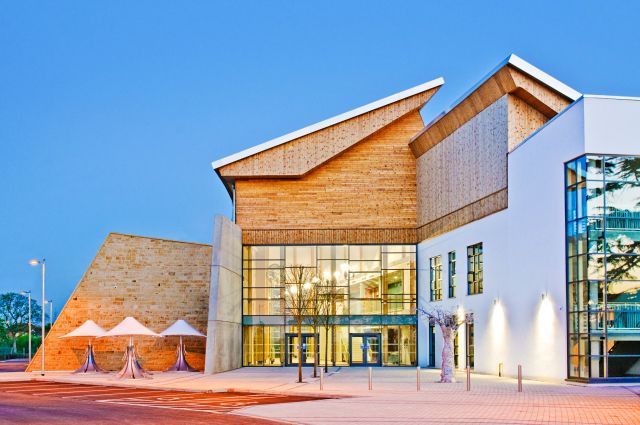A new, revised edition of Guide to Building Materials and the Environment has been launched by architecture practice Stephen George + Partners (SGP) in collaboration with the GreenSpec website.
The new edition of the guide will help the built environment achieve its net zero goals by providing a transparently sourced and fully explained road map to various material options and assesses how sustainable some “green” materials really are.
Reducing operational energy is the focus when it comes to Net Zero Carbon buildings. However, the operation of buildings accounts for around 30% of emissions in the UK whilst the embodied emissions from construction can account for up to half of the carbon impacts associated with the building over its lifecycle.
Some 11% of global carbon emissions stem from the extraction, manufacture and transport of the materials used in the building.
This embodied carbon, sometimes known as “upfront carbon”, needs to be a target for architects and specifiers in the design and delivery of new projects, says the guide.
Chris Halligan, co-creator of the original guide and author of the new edition, said: “While Net Zero forms the backbone of UK government climate policy, there is still no UK legislation covering the embodied carbon or general sustainability of materials.
“Most of the focus continues to be on operational energy. This does not mean it isn’t being addressed by the industry, but the lack of information and the often spurious sustainable credentials of materials by unscrupulous marketeers can make the process difficult to navigate.
“The only way to steer a successful course is knowledge. Hence the need for this newly updated version of the Guide to Building Materials and the Environment.”
James Nicholls, managing partner at SGP, added: “The landscape of sustainable development is complex and changing, but we believe the data and ideas contained in this fully revised Guide to Building Materials and the Environment will help everyone in the construction industry plot their own route through the maze of sustainable materials, and deliver building that won’t cost the earth.”




